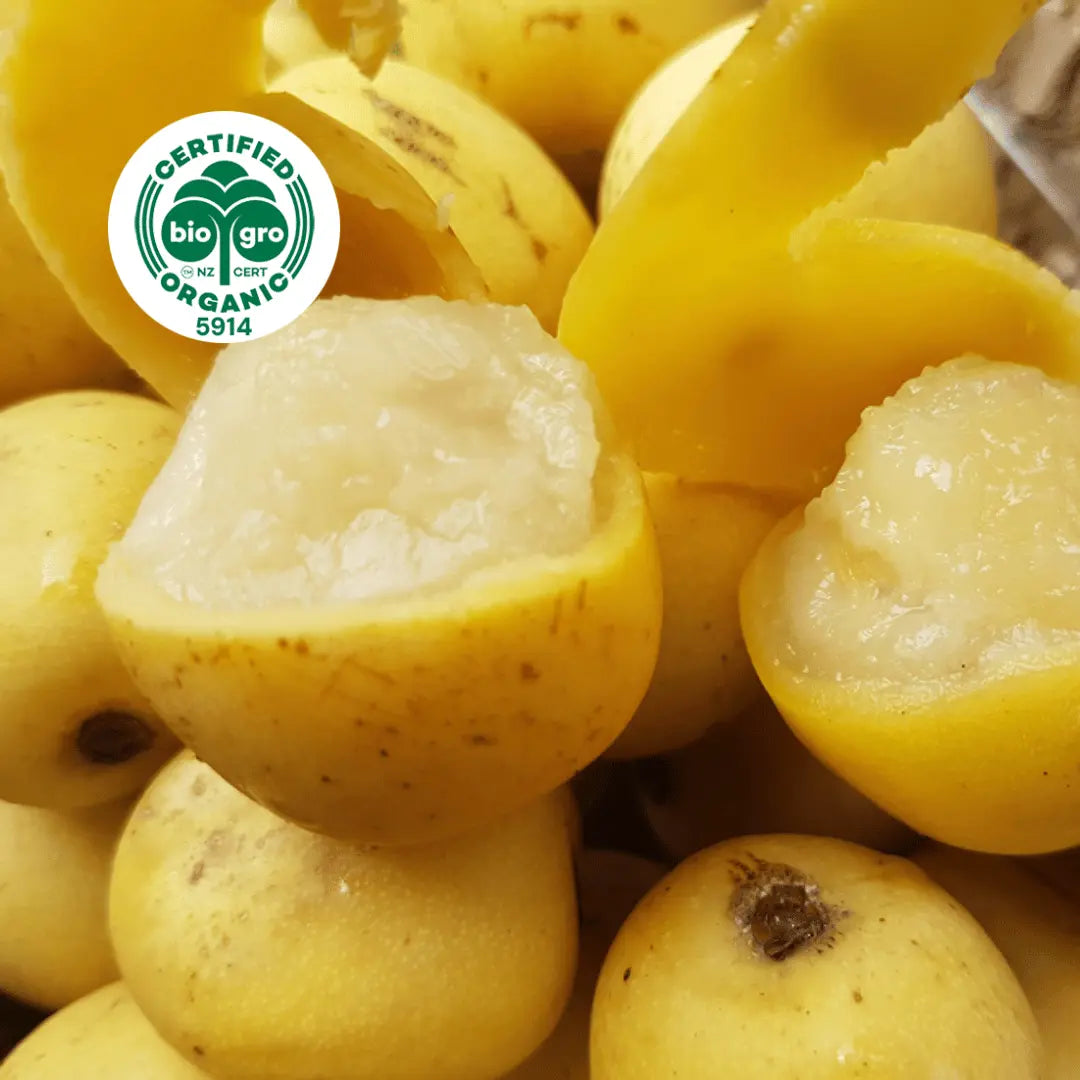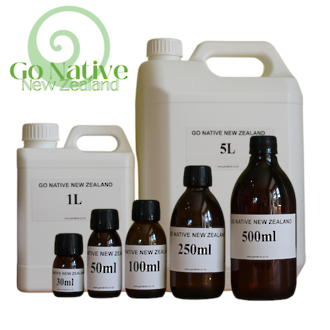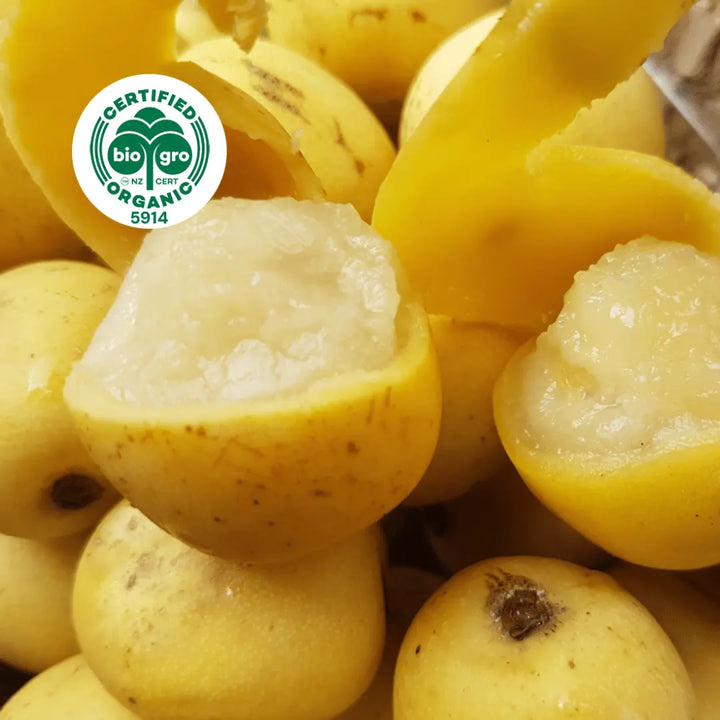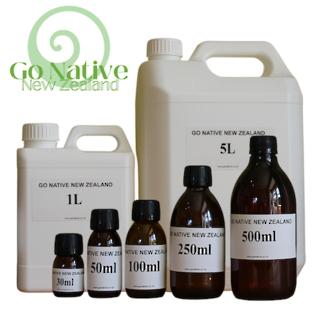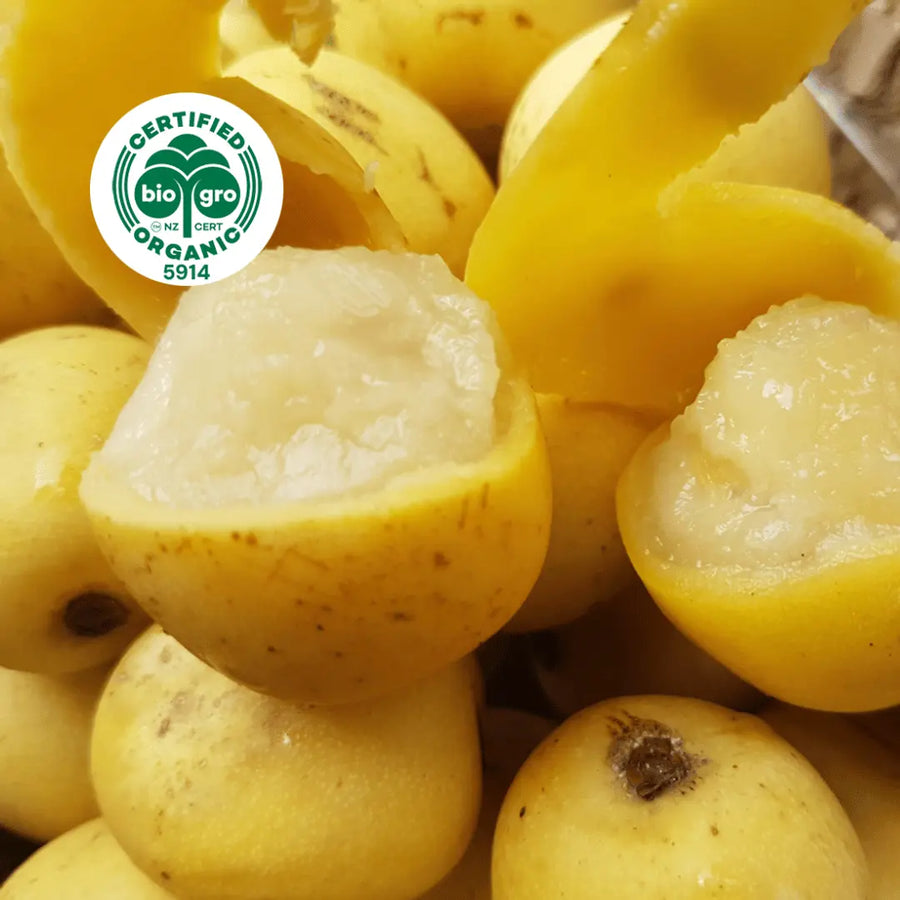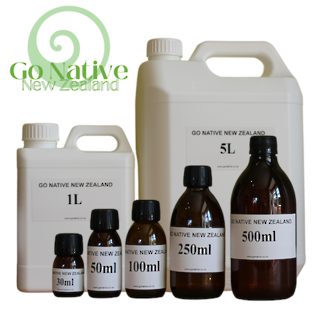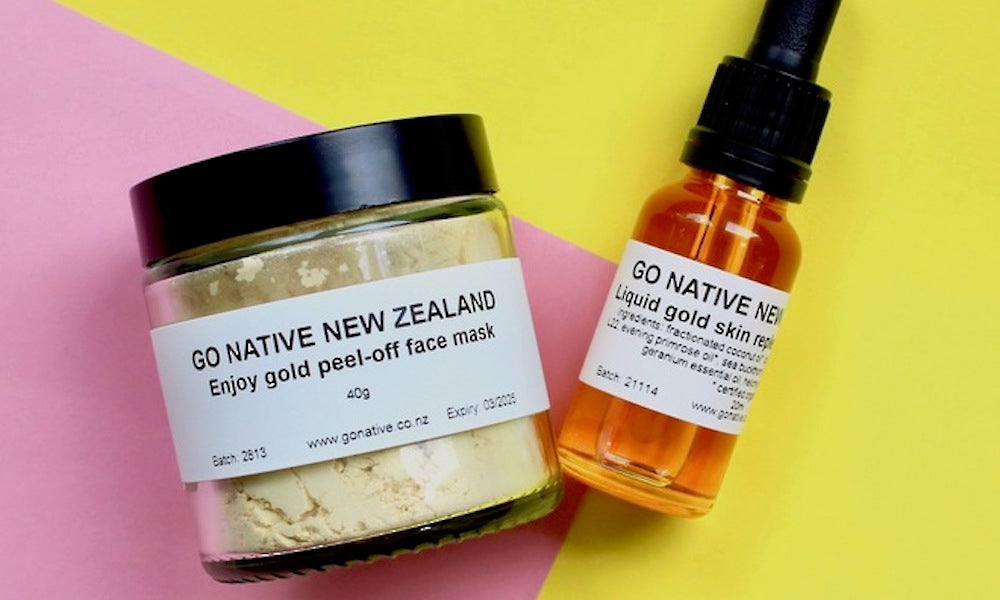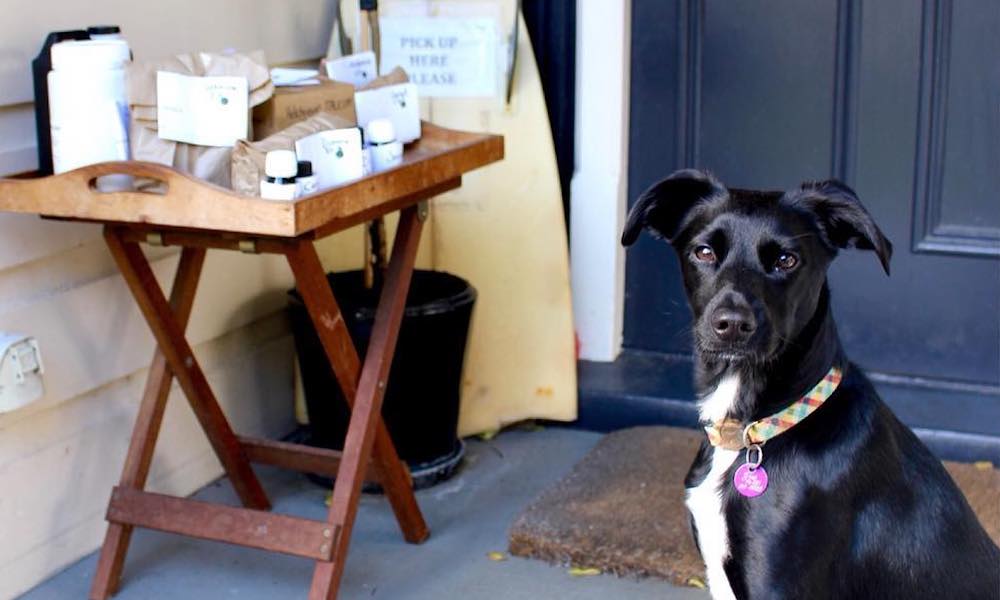Marula oil, certified organic
Organic, cold‑pressed marula oil is extracted from the kernels of the marula fruit (Sclerocarya birrea), native to southern Africa. Traditionally used in indigenous beauty practices, this oil has become a popular ingredient in natural skincare and haircare formulations. Its nutrient‑rich composition, high in antioxidants, essential fatty acids, and vitamins, is highly regarded for its light, non‑greasy texture and deep absorption, making it a versatile addition to many cosmetic products.
Skincare Uses
Lightweight and non‑greasy: Marula oil is often included in skincare products for its quick absorption and light texture, helping to moisturise without clogging pores.
Rich in antioxidants: With a high level of antioxidants, including vitamin E, it is said to support skin radiance and help protect against environmental stressors.
Nourishing and hydrating: Its balanced blend of essential fatty acids is often used to help maintain skin moisture and promote a smooth, supple appearance.
Haircare Uses
Enhancing hair texture: Frequently used in haircare formulations, marula oil is appreciated for its ability to add shine and improve manageability without weighing hair down.
Scalp nourishment: Its light, non‑greasy nature makes it a popular choice for scalp treatments, where it is said to support a balanced and healthy scalp.
Additional Uses
Versatile ingredient: Marula oil is often used as a carrier oil in various cosmetic formulations, including serums, lotions, and hair masks, due to its excellent blendability with other natural ingredients.
Customisable application: Its nourishing profile makes it a favoured ingredient for enhancing the overall sensory experience of skincare and haircare products.
Note: Individual responses may vary, and a patch test is recommended before use, especially for those with known nut allergies or skin sensitivities.
Common Name: Marula oil
INCI: Sclerocarya birrea kernel oil
Certification: Certified organic, BioGro
Appearance: Pale yellow to brown liquid
Plant Parts Used: Kernels
Extraction Method: Cold pressed
Refinement: Virgin
Purity: 100%
Origin: Namibia
Usage Rate: Up to 100%
Typical Fatty Acid Profile: Oleic: 70 - 78%, Palmitic: 9 - 12%, Linoleic: 4 - 10%, Stearic: 4 - 8%, Arachidic: 0 - 2%
Absorption Rate: Average
Skin Type Recommended: Most skin types, including very dry and sensitive skin
Vegan: Yes
Palm Oil: No
Animal Tested: No
All our products are for external use only.
Free Shipping for Orders over $130
Orders under $130 freight is $8.50 Outer Islands may be charged additional shipping fee. We will contact you before your order is processed. This includes: Great Barrier Island, Stewart Island & the Chatham Islands.
Please Read: Shipping & Delivery
Order Cancellation & Returns Double-check your shopping cart to make sure it includes the correct products you intended to purchase.
We offer a 100% guarantee. If you are not happy with your product, send it back to us in original condition within 7 days of the date of delivery. No claims are acknowledged after this time.
Please Read: Returns Policy
General Care, Safety & Storage Information:
- Go Native New Zealand specialise in skincare, cosmetic and aromatherapy ingredients. We are NOT licensed to sell food. This means our products are not food grade, for this reason we advise you not to use our products internally, or for culinary purposes
- Always follow product-specific notes or directions.
- Keep all products out of reach of pets and children.
- We recommend storing all products in a dark, damp-free, cool place at room temperature (unless stated otherwise).
- Keep your products away from direct sunlight.


